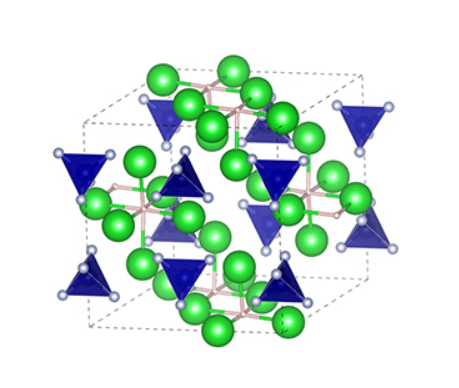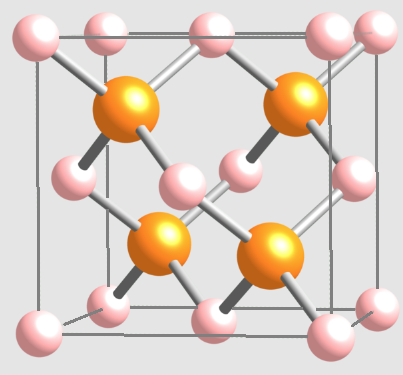Uses and Properties of Chromium Nitride
Chromium Nitride is an extremely hard, inert, thin film coating that is applied primarily to precision metal parts. Chrome Nitride (CrN) offers greater temperature resistance than TiN and is an ideal choice in high-temperature environments. CrN also performs well in corrosive environments and sliding wear applications.

Crystal structure
Chromium Nitride is an interstitial compound with a hexagonal structure, with nitrogen atoms occupying the octahedral holes in the chromium lattice: as such, it is not strictly a chromium(III) compound nor does it contain nitride ions (N3−). Chromium forms a second interstitial nitride, dichromium nitride, Cr2N.
Properties
Chromium Nitride (CrN)Powder has better wear resistance than titanium nitride. It is insoluble in water and acid and has good chemical stability. Its features are high toughness, good resistance to corrosion, anti-adhesive and detaching properties, and a reduced coefficient of friction, all together with a moderate hardness.
Uses
Chromium Nitride is used as a coating material for corrosion resistance and in metal forming and plastic molding applications. CrN is often used on medical implants and tools.
CrN is also a valuable component in advanced multicomponent coating systems, such as CrAlN, for hard, wear-resistant applications on cutting tools.
Preparation
Chromium(III) nitride can be prepared by direct combination of chromium and nitrogen at 800 °C:
2 Cr + N2 → 2 CrN
It can also be synthesized by Physical Vapour Deposition techniques such as Cathodic arc deposition.
);

